Resetting the Barnyard: Bringing George In
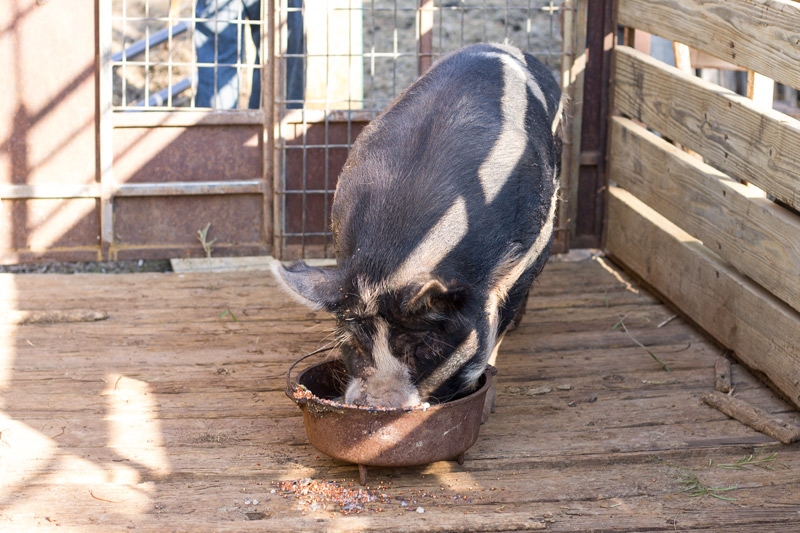
From the very beginning we have been running our barnyard in a way that sounds all too familiar to my own situation, now that I have to say it out loud: There’s a whole lot going on, all in stunning mediocrity, with a bit of chaos everywhere you go.
How Did We Get Here?
It started when we got our first chickens. They were generously gifted to us and so we quickly slapped together a coop for free from some pallets. The nesting boxes were drawers from the camper we were living in at the time. Things have changed a lot since then; a new coop, a barn that half our flock sleeps in just to spite us, laying eggs here, there, and everywhere. The chickens are doing well and laying, but the management needs improvement.
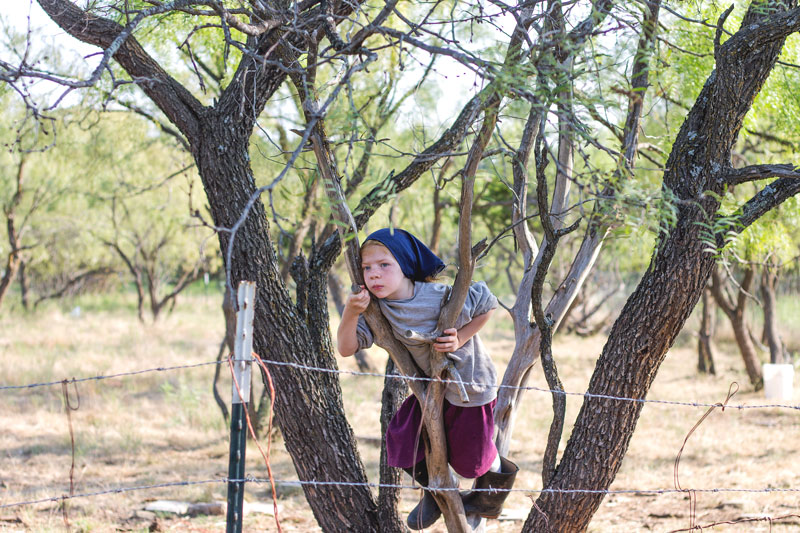
It then took us a few years to feel ready for goats. In hindsight, we would have done dairy animals much sooner, but then again we kind of felt like we were barely hanging on to the spinning carnival ride we were already on. New babies and all of our children under the age of eight along with trying to set up life off-grid with a young family while still trying to work to finance the whole thing pretty much left us feeling inadequate to the task of keeping animals. So perhaps it is good that we waited.
And then it was time for the family milk cow, and that’s when the limitations of land and resources became evident. A milk cow, if large enough, is much like a teenager, they can eat and drink you out of house and home in a way that defies understanding. After that June day that Mabel and her calf came home, it didn’t take long to see that our pasture size in this place with this amount of rain was never going to be enough for a milk cow. In fact, it seems we might need to at least quadruple our pasture size in order to really not need to bring much in the way of feed in.
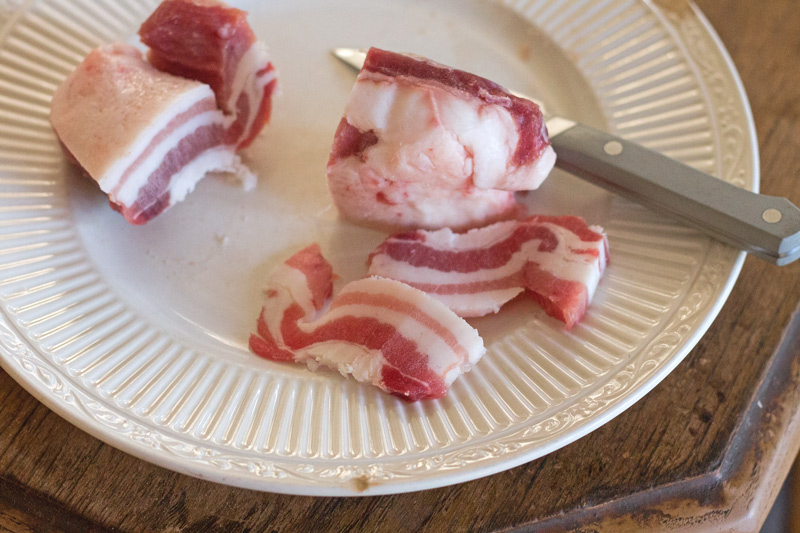
Finally, there were the meat animals. Mabel’s calves are meat animals, the way we see them. Since we don’t have enough pasture for Mabel and the goats, we definitely don’t have enough to meet the needs of a growing calf. Thankfully we’re able to free range Buttercup for the time being, now that she is weaned from Mama, but that’s not our preferred long term solution.
Then came the pigs. We started with George and Rita last summer, trying to start a line of Kune Kune pigs from this breeding pair. Well, at the time we had to use the materials we had on hand to create less-than-ideal fencing. How many times “The pigs are out!” came sailing through the front door I could not tell you, but thankfully these pigs are as docile and easy to work with as their reputation claims and they returned home and more fence “holes” were patched.
But then breeding was never successful… and not long ago George seemed to come down with a foot injury. So a few weeks ago we took him into the butcher. This was our first homegrown pork and while he wasn’t that large, it was time for him to go. Rita will probably go next, Lord willing, but we’d like to try to process her at home sometime later this year.
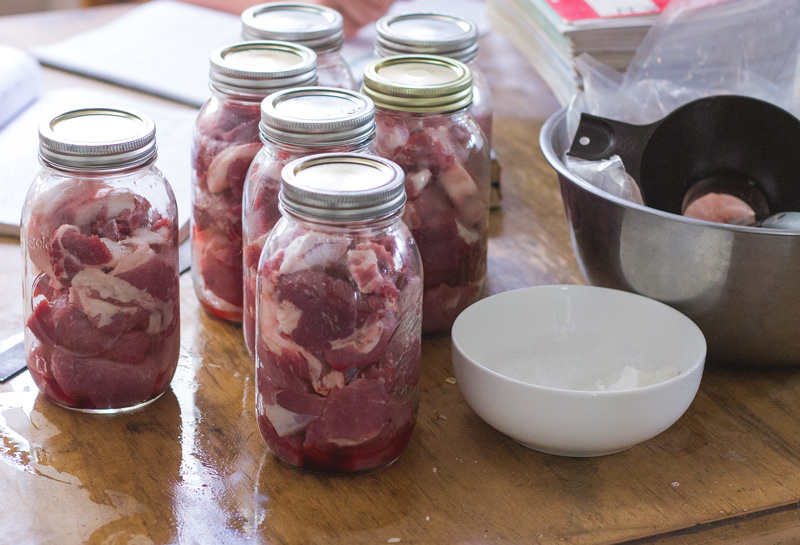
The other feeder pigs we picked up this summer, affectionately named 1234, are in an unusable section of our large garden with fencing that seems to be working. We brought in a couple loads of wood chip mulch to add some extra carbon matter and Stewart just recently more than doubled their run by extending their fence. We are torn about truly pastured pigs, given the damage they can do to a pasture and the pasture limitations we already have. So this option is working for us, so far.
Paring Back, Advancing the Infrastructure
There is a theme with our animals of infrastructure we slapped together on the cheap and quick, some working others not so much. So we decided to pare back and reevaluate. Here is our plan:
Cull the laying flock back to the youngest of the young. These hens can hopefully be trained to the coop better than the established hens and roosters that will not leave the barn. We may also need to build the chicken coop in a different location.
Cut back the goats. We already did this in the spring when we sold all of our kids along with one of our older goats. We now have only our two milkers, Abby and Daisy.
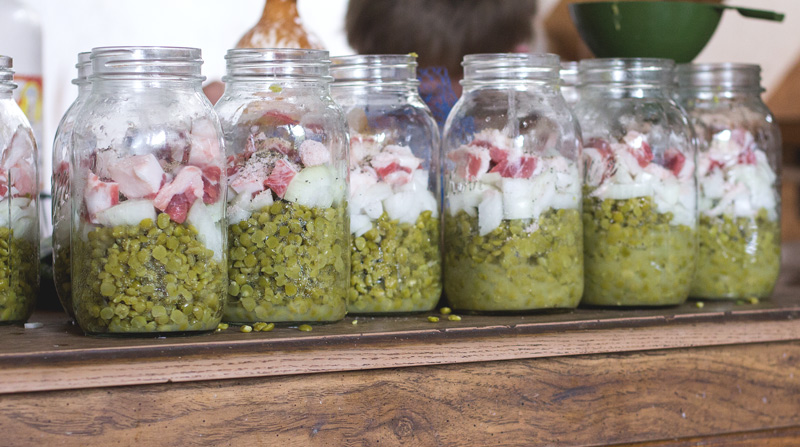
See if we really want to keep Mabel. This is a tough one for me to swallow as I greatly value and rely on her milk and milk products for the children’s nourishment. We want to test Mabel for the A2/A1 marker (if I am saying that right) and find out if she is worth keeping. If her milk isn’t A2/A2 and our pastures never expand or improve (and neither seems likely in the foreseeable future), we might have to sell her… or look into a smaller breed. Suggestions?
Continue with pigs. Raising pigs has been one of my favorite homestead endeavors thus far. Milk, eggs, scraps, and local non-gmo grain make for good pork from a pretty low-maintenance animal. But we’d like to be able to rotate the hogs through paddocks, so we’ve got a potential set up of five or six areas we are going to need to create fencing and walkways through.
It’s funny, one never expects the level of complication inherent in trying to grow food. It’s simple and complex all at once, the juggling of family and resources and time all so necessary to the task of homesteading. This act of juggling isn’t something I’ve ever been very good at.
And so, like most areas of my life, we are hoping that simplifying the barnyard, starting with George, will allow us to go forward on the right foot.

I really appreciate and enjoy your updates. We live on a 180 acre farm in Iowa but we don’t farm it. The land is rented to organic farmers. Would love to see a son or grandchild move here and homestead.
I want to can our meat like you do. How interesting to see your jars of split pea and pork soup. What resource/book do you use to can meat safely and get recipes like the split pea and pork soup? Thanks!
I feel ya. My husband has guided us through quite the ups, downs & roundabouts with animals over the last four years. We’ve learned about chickens, pigs & cows and we, too, are at a point of stepping back (a little), evaluating, and planning & preparing more thoroughly as we continue. We’ll continue working to rotationally-graze our herd of longhorns that the Lord is multiplying so wonderfully, try to coax more eggs out of our laying flock, and hope to add sheep in the next 2-3 years. Pigs were SO feed and care intensive for us! We loved their meat, but it’s not doable at this point with their caretaker (my husband) working off the farm full time. If you can, I highly recommend electric fencing for pigs. They can be trained to a single wire.
Keep doing the good work! I love your updates!
I love see your pictures of the farm and family!! that Split pea soup looks amazing, I am inspired to give it a try the next time we harvest a hog.
The only issue with pigs and electric fence is that they will test it every day. I’ve always had goats vs cows. Smaller, easy keepers. If one gets sick, it doesn’t take out your entire milk supply. I do think cow’s milk is more versatile. My husband would like goats again but I’m just too old to chase livestock. And my pulmonologist insists I get rid of the chickens so no more poultry for me.
I guess I’m saying I would sell the cow, stick with pigs and young chickens.